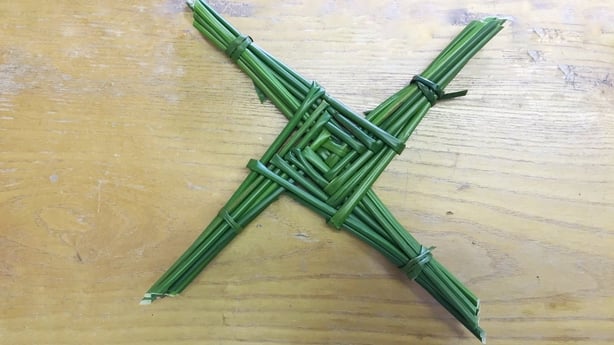Gaelic football and ladies’ gaelic football have received State recognition as cultural practices that are part of Ireland’s living cultural heritage.
Following a recommendation from an expert advisory committee, the GAA sports joined 38 other cultural practices on Ireland’s National Inventory of Intangible Cultural Heritage.
The national inventory is maintained in line with a 2003 UNESCO convention for safeguarding intangible cultural heritage, which Ireland adopted in 2015.
Hurling was added to the list in 2019 after being added, alongside camogie, to UNESCO’s list of protected cultural activities around the world in 2018.
GAA President Jarlath Burns said that Gaelic football and ladies’ Gaelic football are “an intrinsic part of who we are”.
He added: “They are unique to us and their importance to Irish people is evidenced by their popularity in more than 1,600 clubs throughout this island and the 500 GAA clubs which exist elsewhere in the world.”
LGFA CEO Helen O’Rourke welcomed the recognition, noting that it is a “timely announcement” as the LGFA celebrates its 50th anniversary next Thursday.
Three additional cultural practices also received State recognition: Irish set dancing, St Brigid’s cross weaving and the Irish amateur dramatic tradition.
These join practices such as uilleann piping, sea currach making and snap net fishing on the national inventory which was inaugurated in 2019.

Speaking at an event at Croke Park during yesterday’s All-Ireland football semi-final between Donegal and Galway, Minister for Sport and Culture Catherine Martin affirmed that each of the newly added practices is “integral to the culture and identity of the communities who practice them, and to our society more broadly”.
“The practices recognised today continue to thrive through the dedicated communities who sustain and pass on their skills through the generations,” she added.

